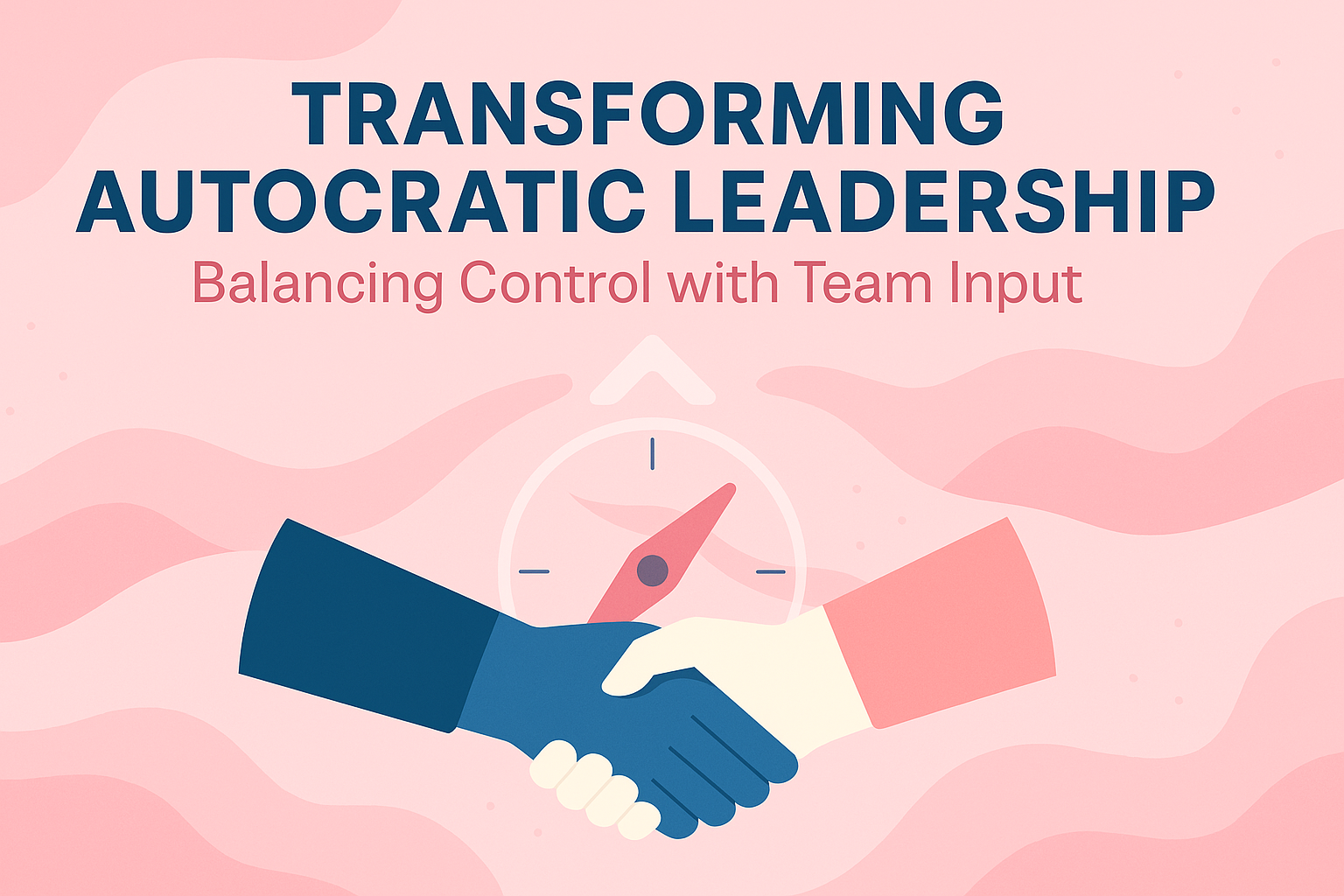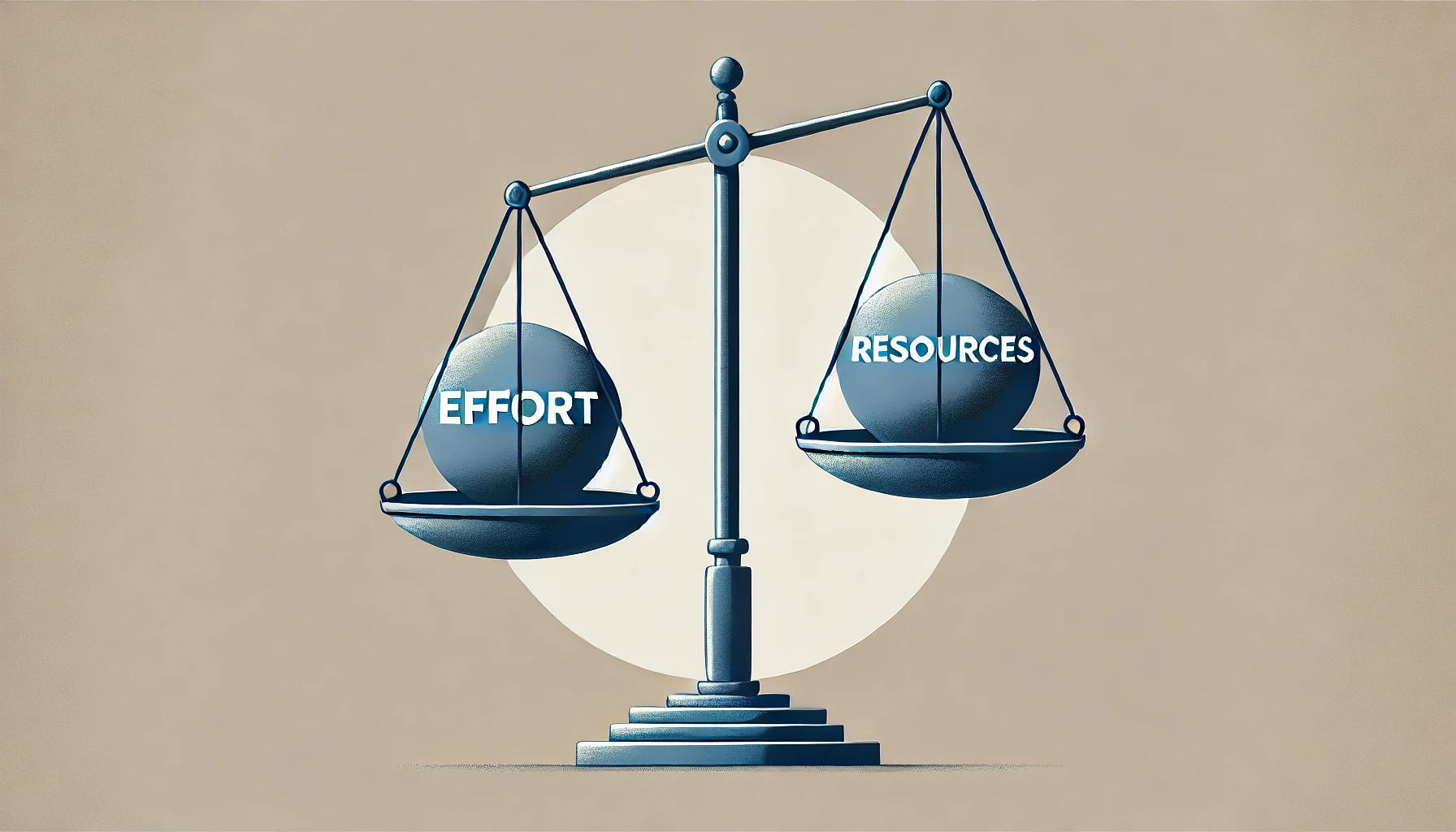You know that moment when everything at work seems to crumble at once? Deadlines slip, emails turn tense, and the atmosphere grows thick with frustration.
On the outside, it might look like people just aren’t doing their jobs. On the inside, there’s usually a complex web of communication snags, misaligned goals, and resource constraints.
You’ve been there. Everyone has. But it’s what happens next that can define the health and longevity of your team—and your organization.
In high-performing teams, these moments don’t spell doom. They become catalysts for positive change.
The secret lies in learning from mistakes, diagnosing root causes, and communicating openly.
In the following sections, you’ll explore fictionalized but common workplace scenarios that highlight typical problems—and discover how great teams do things differently.
You’ll also learn practical frameworks for dissecting issues, discussing them productively, and making solid decisions under pressure. Because the truth is, problems will happen. What sets you apart is how you handle them.
The Real Cost of Unresolved Problems
When workplace problems go unresolved, the immediate consequences can include missed deadlines, profit loss, or damaged professional relationships.
But the ripple effects are even more critical—low morale, high turnover, and a culture of blame. You might feel it in the tension during team meetings or notice it in a spike in resignation letters.
If you let problems fester, they become much harder to solve over time.
This is why top-tier teams consider problem-solving a fundamental skill, as basic as having a meeting agenda or responding to emails on time. They don’t wait for issues to balloon into crises.
They seize them at the earliest signs, set up clear communication channels, and bring structure to the solution process.
You can adopt these same best practices by studying real scenarios that illustrate how problems typically arise—and how they can be addressed effectively.
Scenario #1: Missed Deadlines
Imagine a project that everyone’s been talking about for months.
You’ve got a marketing lead, a developer, and a content strategist involved. You’re the project owner.
The project plan was laid out in a series of spreadsheets, but as the weeks roll by, due dates start to slip.
You find yourself chasing people for updates, sending frantic reminders, and ultimately having to explain to your client why version one of the product is still incomplete.
What went wrong? In many cases, missed deadlines are a symptom of poor communication and unrealistic time estimates.
Maybe the developer was juggling five other tasks that weren’t accounted for when you created the timeline. Maybe the marketing lead thought her role was secondary and only discovered last-minute changes that took much longer to implement.
High-performing teams tackle these issues at their core. They use transparent project management tools (for example, Teamly) to keep everyone on the same page.
They talk openly about workload capacity and set up check-ins to ensure the timeline is still valid. They also create a sense of shared accountability—no one is just waiting for someone else to “get their part done.” Instead, each contributor feels personally responsible for the project’s collective success.
Scenario #2: Cross-Department Friction
You’ve probably seen this dynamic: the sales team needs help from the product team to meet a key client request.
The product team, meanwhile, thinks sales has been overpromising for months. Tensions rise. You witness exasperated emails and mutterings of “they just don’t get it.”
Left unchecked, this friction can escalate. One side could resent the constant interruptions and unrealistic demands, while the other side might feel neglected and unsupported.
The real culprit often lies in misaligned objectives and poor knowledge-sharing channels. If the sales team doesn’t fully understand the product’s development cycle, they might inadvertently promise features that are weeks away from completion.
If the product team doesn’t see the urgency of fulfilling certain requests, they may deprioritize tasks the sales team deems critical.
High-performing teams mitigate cross-department friction by fostering cross-functional visibility.
They bring representatives from each team into shared planning sessions, ensuring everyone understands what’s on the horizon. They hold regular “demo days” or open reviews, inviting questions and feedback from all departments.
The key is transparency—when people see the bigger picture, they’re less likely to assign blame and more likely to propose solutions.

Scenario #3: The Overloaded Team
Workplace burnout is a reality that can creep up on your team if you’re not careful.
Picture this: your team has been clocking extra hours for weeks, pushing to meet the quarter’s ambitious goals. Suddenly, productivity nose-dives. People start making careless mistakes, tasks fall through the cracks, and creativity takes a hit.
You might think the solution is to add more resources or push deadlines, but sometimes the problem runs deeper. Great teams don’t just soldier on without reflection.
They stop to diagnose whether workloads are distributed fairly, whether team members have the right tools, and whether the deadlines are grounded in reality.
If you’re noticing the signs of overload, your priority becomes reducing non-essential work, redistributing tasks, or even re-evaluating how success is measured.
By addressing capacity problems early, you also protect employee well-being, which directly impacts your bottom line.
When people aren’t overwhelmed, they’re more likely to think creatively, solve problems effectively, and engage with their work wholeheartedly.
Diagnosing Root Causes: Going Beyond Symptoms
In the heat of the moment, it’s tempting to treat the symptom. You might just extend deadlines or run a workshop on teamwork.
But real problem-solving demands that you dig a little deeper. One tried-and-true method is the “5 Whys.”
If your team is consistently missing deadlines, you ask “why” five times to uncover the root cause—be it underestimated complexity, a shortage of resources, or lack of clarity in roles.
Another approach is the Fishbone Diagram (or Ishikawa Diagram), which visually breaks down potential causes across categories like People, Process, Tools, and Environment.
The goal is to surface every possible angle so you can see the bigger picture.
You need structure. Without a structured approach, it’s easy to get lost in finger-pointing or endless speculation.
Great teams keep discussions open but organized. They use actual data—task timelines, workload metrics, bug reports—to understand whether an issue is an isolated blip or a systemic pattern. By focusing on factual evidence, you steer clear of personal biases that often derail problem-solving sessions.

Great Teams in Action
One hallmark of high-performing teams is that they respond to problems with a spirit of curiosity rather than blame.
You’ll notice them asking questions like “What can we learn from this?” or “How can we prevent this in the future?”
They may even have a short debrief or “post-mortem” after each project or sprint, identifying what went well and what didn’t.
In these debrief sessions, everyone gets a voice. If someone on the marketing side felt out of the loop, they can share that perspective.
If a developer felt deadlines were unrealistic, that becomes part of the discussion, too.
The focus is on continuous improvement. So, rather than blaming individuals for mistakes, you explore how the system can be improved to make everyone more successful next time.
Tools & Tactics for Effective Problem-Solving
If you want to mimic how great teams solve problems, you’ll need some tools and tactics in your arsenal:
- Real-Time Collaboration Tools: Use software like Teamly to assign tasks, set deadlines, and track progress in one centralized dashboard. This ensures that everyone sees the same information and updates happen instantly.
- Structured Team Meetings: Don’t wing it. Have a clear agenda that addresses current challenges, status updates, and next steps. Make sure every relevant voice is heard.
- Regular Check-Ins: Rather than waiting for the weekly team meeting, hold brief “syncs” throughout the week—particularly during critical phases of a project.
- Retrospectives & Post-Mortems: Conduct these after major milestones, good or bad. You’ll gather insights that prevent repeats of the same mistakes and build on successes.
- Professional Development: Encourage your team to attend workshops on communication, negotiation, or conflict resolution. Strengthening these skills fosters better problem-solving all around.

The Communication Blueprint
Communication breakdowns lie at the heart of most workplace problems. To avoid them, you need a plan that goes beyond sporadic emails. Consider establishing:
- Open Slack Channels (or Equivalent): Keep a project-specific channel where everyone can ask questions and share updates.
- Weekly Summaries: Send out a concise, bulleted email or message summarizing progress, challenges, and upcoming deadlines.
- Communication Norms: Decide when to use email, chat, or calls. Clarify response time expectations, especially if team members span multiple time zones.
When your communication structure is clear, it drastically reduces the risk of misinterpretation or important details slipping through the cracks. Good communication also nurtures a sense of transparency, which fosters trust within the team.
Decision-Making Under Pressure
High-pressure situations—like a project hitting a critical snag just before a launch—require a swift but organized decision-making process. You might be juggling incomplete data and tight deadlines. How do you proceed?
One effective approach is to use a Rapid Decision-Making Model:
- Clarify the Objective: Clearly state what you need to decide and why it matters. This ensures your team is aligned on what success looks like.
- Gather Essential Data: Identify the key pieces of information or data you must have before making the call. Don’t drown in unnecessary details.
- Explore Options: Brainstorm potential solutions, ideally with input from those who have relevant expertise. Keep this focused and time-bound.
- Evaluate Risks & Benefits: Quickly assess the pros and cons of each option. Think about potential downstream effects on timelines, budgets, or team dynamics.
- Make the Decision & Assign Ownership: Once a path is chosen, assign roles to implement it. Confirm deadlines and resources so execution can proceed smoothly.
Even under pressure, you can maintain clarity by following a structured method. You might not have the luxury of gathering all the data you’d like, but you can still ensure your decision process is logical and transparent.

Adopting a Problem-Solving Mindset
Great problem-solving isn’t just a skill; it’s a mindset. You cultivate it by doing the following:
- Embrace Curiosity: Ask questions like “What can this teach us?” rather than “Who messed up?”
- Stay Flexible: Be prepared to pivot if new information comes to light. Rigidity is the enemy of good problem-solving.
- Practice Empathy: Understand that people usually mean well. If someone is struggling, find out if they’re overloaded or lack clarity on their responsibilities.
- Celebrate Small Wins: Recognize moments of success along the way. It boosts morale and encourages your team to keep pushing forward.
Conclusion
Problems at work are inevitable, but they don’t have to derail your team—or your career.
By studying real-world scenarios like missed deadlines, cross-department friction, and overloaded teams, you gain a clearer picture of how and why problems emerge.
More importantly, you see that high-performing teams treat each problem as an opportunity to learn and adapt.
Whether you’re launching a new product or juggling multiple client requests, the key is to build a structure that supports open communication, root-cause analysis, and decisive action.
Use collaborative tools like Teamly to keep everyone aligned, and make your problem-solving sessions less about blame and more about growth.
Adopt a mindset that looks for lessons in every setback, and watch how quickly your team matures into an unstoppable force.
By applying these principles, you’ll not only fix the immediate issues but also strengthen the very fabric of your team culture.
The difference between an average team and a truly great one often comes down to this: Great teams recognize that problems aren’t the end of the road; they’re the beginning of a better way forward.






















































